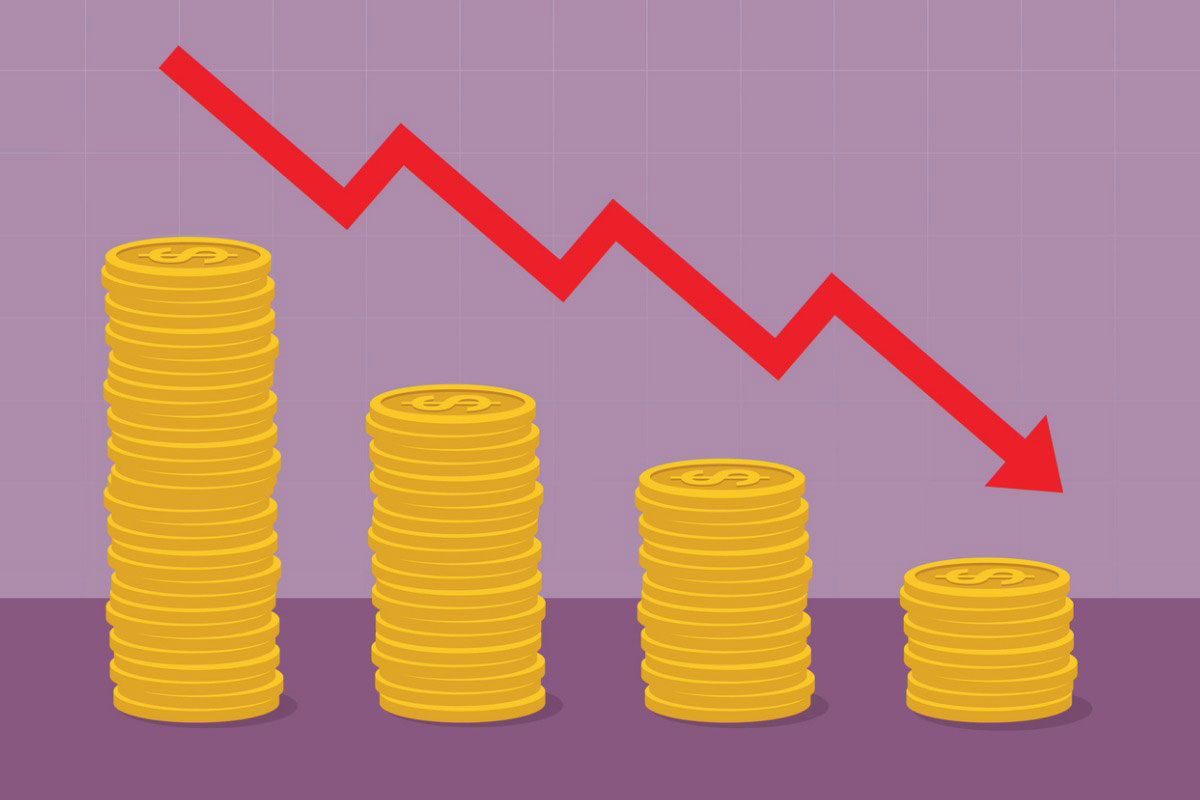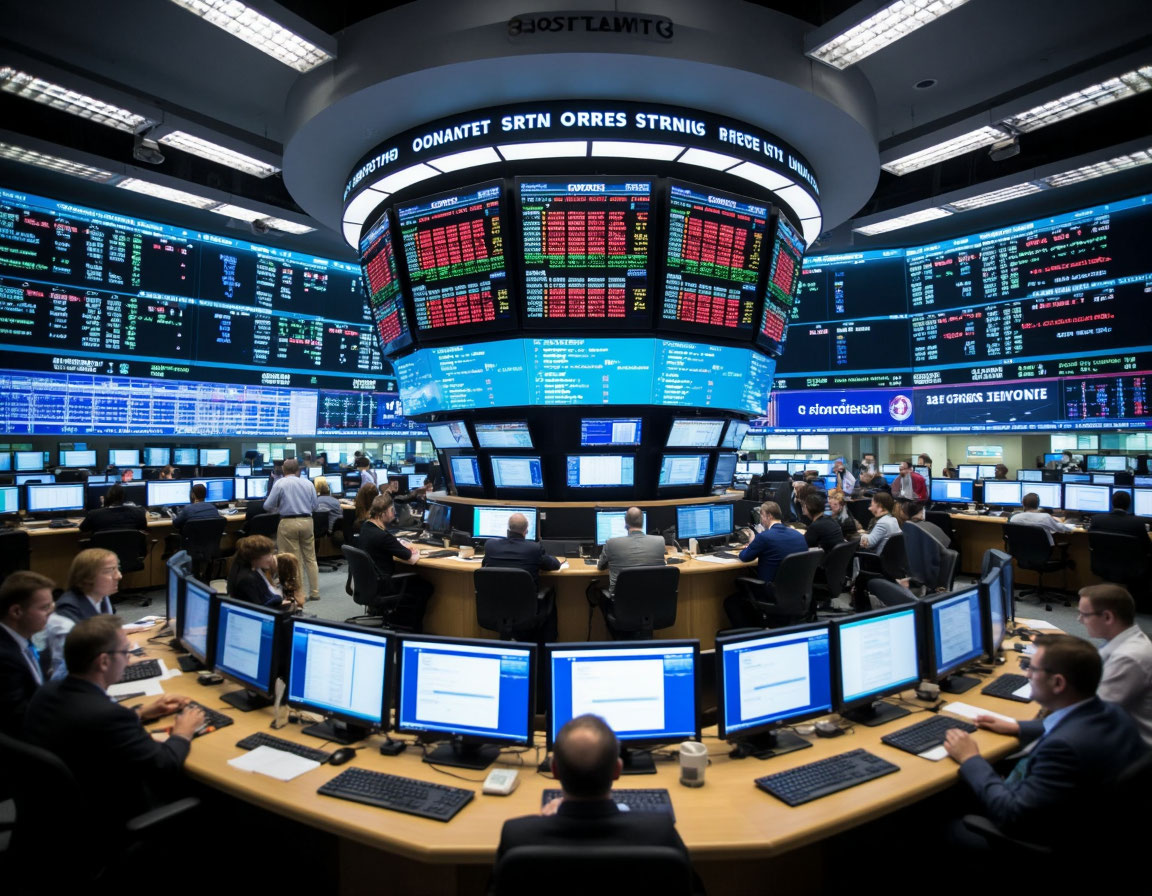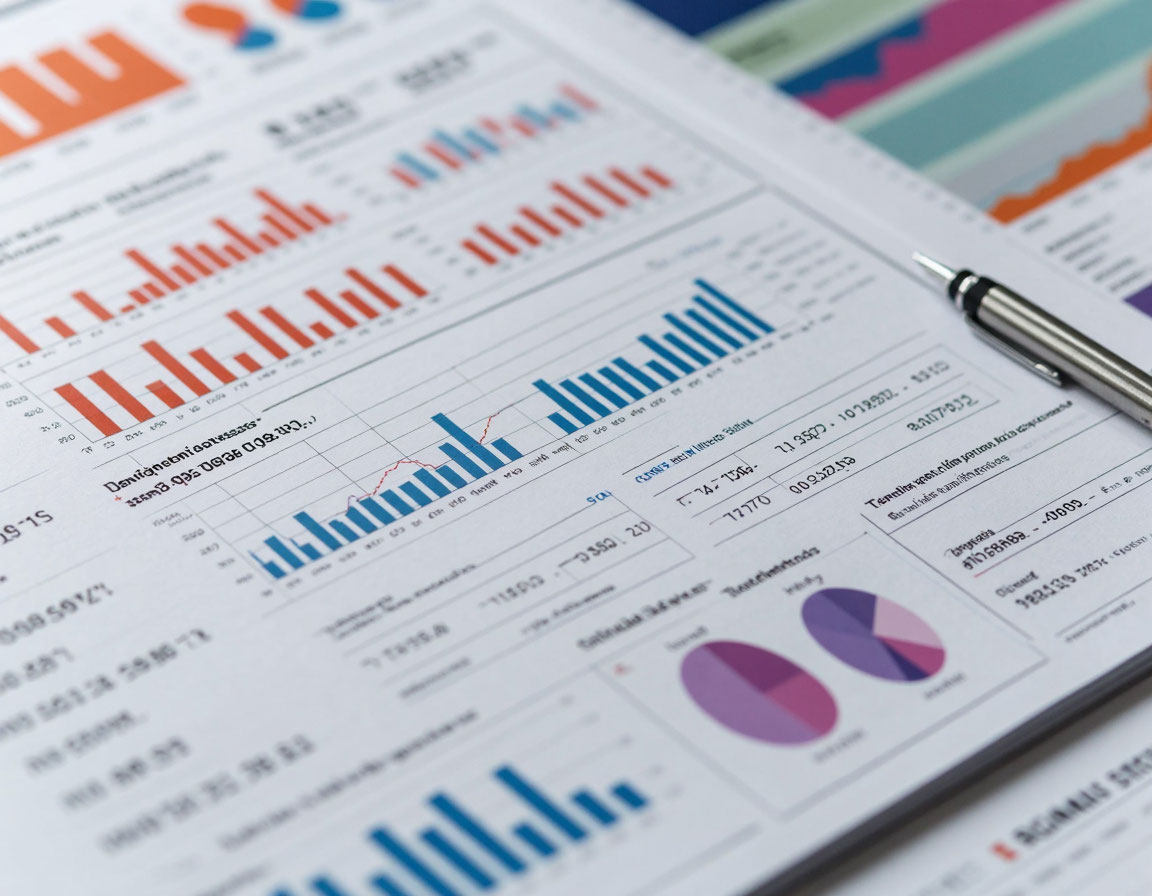Deflation (from Latin deflatio — “deflation”) is a sustained and long-term decrease in the general price level of goods and services in an economy, the opposite of inflation. Simply put, it is a process where the same amount of money can buy more goods over time. Unlike seasonal price decreases for individual product categories, deflation is a macroeconomic phenomenon covering the entire economy and, contrary to popular belief, most often indicates serious problems and poses a significant threat to a country’s economic health.
Что такое ДефляцWhat is Deflation?
What is deflation in a strict economic sense? It is a sustained negative trend in the Consumer Price Index (CPI), which measures the cost of a basket of typical goods and services for households. When the CPI falls for two or more consecutive quarters, economists state the presence of deflation. This phenomenon indicates that the purchasing power of the national currency is increasing, but the reasons for this increase are pathological for the economy.
Deflation in Simple Words
Deflation in simple words is when prices in stores don’t rise but fall. If bread cost 50 rubles yesterday, 45 today, and 40 in a month, this is a manifestation of deflation. It would seem good for the consumer’s wallet. However, the paradox is that a universal and prolonged fall in prices leads to negative consequences for the entire economy, provoking crisis and unemployment.
What is Called Deflation?
What is called deflation from the point of view of its calculation? Formally, deflation is recorded when the inflation rate becomes negative. If the inflation level is -1%, -2%, etc., it means that deflation is observed in the economy. The same indices used for inflation are used to measure it, but the interpretation of the result is reversed.
The Essence of Deflation
The essence of deflation lies in the disruption of the normal economic cycle. A healthy economy assumes moderate price growth, which stimulates demand and investment. Deflation, however, starts a vicious cycle: consumers, expecting further price declines, postpone purchases, especially large ones. This leads to a fall in aggregate demand, which forces companies to reduce production, lay off workers, and further reduce prices to stimulate sales. This self-reinforcing process constitutes the essence of deflation.
Circumstances of Deflation
Circumstances of deflation usually arise against the backdrop of a deep economic downturn or crisis. These include:
- A sharp reduction in aggregate demand.
- Excessive tightening of monetary policy (high key rates).
- Rising unemployment.
- Overproduction leading to overflowing warehouses.
- Mass debt reduction in the financial system.
These circumstances of deflation create an environment where money becomes excessively valuable relative to goods.
What Characterizes Deflation?
What characterizes deflation as a macroeconomic phenomenon? Its key characteristics:
- Fall in the general price level.
- Increase in the real value of debt: money becomes more expensive, so repaying a loan becomes more difficult.
- Postponement of consumer spending.
- Decrease in business income.
- Rise in unemployment.
- Fall in the stock market and asset values.
It is these signs that show what characterizes deflation and why it is so dangerous.
Why is Deflation Worse than Inflation?
Why is deflation worse than inflation? The central banks of most developed countries fear deflation more than moderate inflation. Inflation, especially controlled, stimulates spending and investment. Deflation, as described, leads to recession, unemployment, and a deflationary spiral, which is very difficult to escape. Tools to combat deflation (e.g., lowering interest rates) are limited because rates cannot be lowered below zero (the zero lower bound effect). Thus, the answer to the question “why is deflation worse than inflation?” lies in its destructive and self-sustaining nature.
What Happens During Deflation?
What happens during deflation in the economy step by step?
- Price decline begins.
- Consumers postpone purchases, expecting an even greater decrease.
- Demand falls, company profits shrink.
- Companies cut investments and production, lay off employees.
- Unemployment rises, household incomes fall, further reducing demand.
- Prices continue to fall — the circle closes, forming a deflationary spiral.
Inflation and Deflation
Inflation and deflation are two opposite macroeconomic phenomena reflecting price dynamics. While inflation means a decrease in the purchasing power of money, deflation means its increase. Both processes in their extreme manifestations are harmful to the economy, but uncontrolled deflation usually carries more serious systemic risks.
What is the Difference Between Inflation and Deflation?
What is the difference between inflation and deflation? The main difference is the direction of change in the price level and its consequences.
- Inflation: Prices rise, money becomes “cheaper”. Stimulates spending and borrowing.
- Deflation: Prices fall, money becomes “more expensive”. Stimulates savings and suppresses demand.
Thus, the difference between inflation and deflation is fundamental: the former normally “heats up” the economy, while the latter “cools” it down to the point of freezing.
Types of Deflation
Economists distinguish different types of deflation depending on the causes:
- Deflation caused by supply growth (Good deflation): Associated with technological progress that reduces production costs (e.g., falling prices for electronics). Purchasing power increases, and the economy does not suffer.
- Deflation caused by demand fall (Bad deflation): Arises from a crisis of confidence, falling incomes, and reduced lending. It is this type of deflation that is dangerous and leads to a deflationary spiral.
- Deflation caused by money supply contraction: When the Central Bank withdraws liquidity or commercial banks reduce lending.
Money Deflation
Money deflation is the process of increasing the real value (purchasing power) of a monetary unit. It occurs when the volume of money supply in the economy contracts faster than the volume of goods and services produced. Money deflation makes it a more valuable asset, which encourages people to hoard it rather than spend it, exacerbating the economic downturn.
Commodity Deflation
Commodity deflation is a direct consequence of the process: a sustained decrease in prices for a wide range of goods. This can be caused by both falling demand and a sharp increase in production efficiency. However, in the context of macroeconomic deflation, falling commodity prices are a symptom of the disease, not its cause.
Processes of Deflation
The key processes of deflation that form the deflationary spiral include:
- Decrease in consumer demand.
- Fall in corporate revenues.
- Decrease in investment activity.
- Increase in real debt burden.
- Wave of bankruptcies and layoffs.
These processes of deflation are closely interconnected and reinforce each other.
Protection Against Deflation
Protection against deflation for investors and ordinary citizens lies in strategies opposite to inflationary ones:
- Accumulation of cash.
- Investments in reliable bonds with a fixed income.
- Avoidance of large borrowings, as the real value of the debt will increase.
For the state, protection against deflation is an active monetary and fiscal policy.
Why is Deflation Dangerous?
Why is deflation dangerous in a global sense? It undermines the foundations of economic growth, leads to prolonged recessions (like the Great Depression of the 1930s in the USA or the “lost decade” in Japan), contributes to social tension due to high unemployment, and destroys the financial system through a wave of debt defaults. That is why understanding why deflation is dangerous is key for government bodies.
What Circumstances Lead to Deflation?
What circumstances lead to deflation? Main reasons:
- Sharp reduction in government spending.
- Increase in the Central Bank’s key rate to levels that stifle the economy.
- Crisis of overproduction.
- Financial bubble in the asset market, after the burst of which a mass “flight” from risks and withdrawal of money from the economy occurs.
- Banking crisis, when banks stop issuing loans.
How to Fight Deflation?
How to fight deflation for the state? This is a difficult task requiring comprehensive measures:
- Aggressive reduction of the key interest rate (even to negative values).
- Quantitative easing (QE): The Central Bank’s purchase of assets on the open market to saturate the economy with money.
- Stimulative fiscal policy: Increase in government spending, tax cuts to support demand.
- Direct money emission (“helicopter money”).
All these measures are aimed at increasing the money supply and boosting inflation to the target level. The question “how to fight deflation?” was central for many governments during crises.
Conclusions
The conclusion of the analysis of this phenomenon is obvious: despite the apparent benefit for the consumer, deflation is an extremely dangerous macroeconomic phenomenon. It triggers a self-reinforcing deflationary spiral that leads to reduced production, rising unemployment, and increased real debt burden. The fight against deflation requires decisive and often unconventional measures of monetary and fiscal stimulus from governments and central banks. Understanding the causes, mechanisms, and consequences of deflation allows for timely recognition of the threat and prevents its transition into a prolonged phase of economic crisis.







